No products in the cart.
( Sale Sword) Five Lobe Viking Sword (#98870)

Relative condition: 9/10
Structural integrity: 7/10
Reason of Sale: The sword did not pass our visual quality control due to a small structural crack on the edge of the blade (see image gallery for details). The edge should still resist actual combat use and cutting test. The structural crack however is nevertheless present. As with all our sale swords, our sales logo is engraved on the blade, right under the Darksword logo.
Blade: 5160 High Carbon Steel. Dual Tempered HRc 60
48-50 at the core
Fittings : Mild Steel
Total Length: 36″
Blade Length : 30″
Weight: 2 lbs. 8 oz.
USD400.00 – USD705.00
SKU: N/A Category: On Sale
The British Museum in London.
800-950 AD
One of the most coveted medieval swords among collectors is the Viking sword. Given the multitude of Viking swords on the market, one wonders whether the market is saturated. Many reproductions, however, play into the stereotype of Viking swords as little more than long cleavers – heavy, brutish weapons wielded by a brutal people. These reproductions fail to capture the spirit or “function” of the Viking sword as an important step in the evolution of the European medieval swords, from earlier Romanesque styles to the arming swords of late medieval period.
A descendant of the Roman spatha, a longsword used by Roman officers, the Viking sword is a fascinating piece of history. Even during the Roman Empire steel, and the skill needed to forge long blades that were strong and resilient, was extremely expensive. Cheaper and nearly as effective were axes, Spears, or short-bladed swords such as the Gladius. However, advancements in technology and smithcraft allowed for the development of longer and more robust blades that could be made thinner than was previously possible. This meant less steel was needed to produce a sword, and though they remained expensive the ongoing development put swords in the hands of many a warrior across Europe. Central to this development was the Frankish Empire, specifically during the Carolingian era (9th century CE). The best weapons in Europe during the Viking age were produced in the Frankish Empire, and through trade and as a result of raids made their way into the hands of the Viking Raiders. Eventually, the Norse smiths themselves began to copy the techniques developed during the Frankish Empire, building on previous knowledge to produce their distinctive designs.
These distinctive designs stand apart from the later Medieval styles that were to follow, and can be uniquely categorized as a result. The most authoritative typology of the Viking swords was written by Dr. Jan Peterson in 1919. Focusing on variations in pommel and guards to formulate a 26 category scheme, Jan Perterson created a typological reference to determine the date of each subtype.
The five lobed Viking battle ready sword is the quintessential Norse weapon during the Viking age. The blade has the distinctive wide fuller and spatulate tip typical of designs from the Viking era. While using a Type 4 blade from the Geibig Typology, we fitted the five lobe Viking medieval sword with an extended handle that is long enough for both “hammer” and “handshake” grip.
The type 4 blade, found from the mid-tenth century through the mid-eleventh century, features a slight taper and a fuller which extends the blade’s full length. We carefully crafted this Viking medieval sword to reflect the Norse cultural and artistic heritage. Exceptional tools of war, the Viking medieval swords also attest to the Viking culture’s keen interest in art and aesthetic beauty. This Viking battle ready sword features a 30 inch blade, forged with 5160 High Carbon Steel and dual hardened. A simple yet elegant weapon, worthy of warriors and kings.
Blade: 5160 High Carbon Steel. Dual Tempered HRc 60
48-50 at the core
Fittings : Mild Steel
Total Length: 36″
Blade Length : 30″
Weight: 2 lbs. 8 oz.
The sword can be ordered in various scabbard options (standard, With interlaced sword belt, or Deluxe Embossed with Belt and bronze buckles)
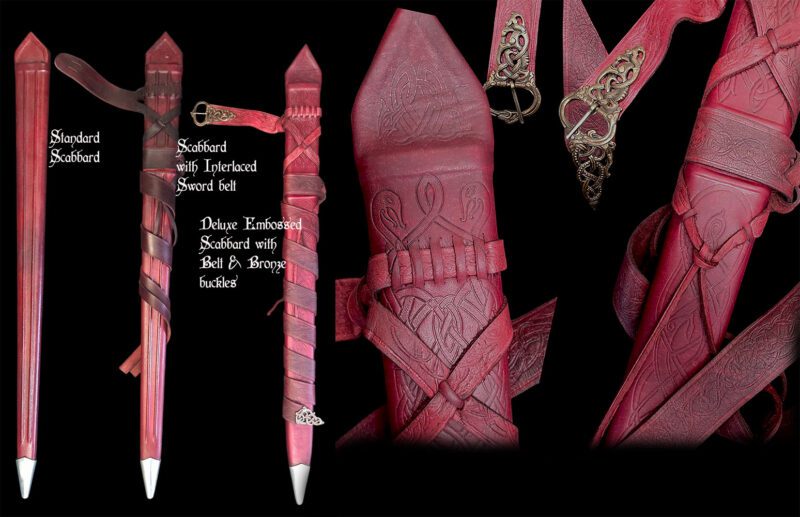
Be the first to review “( Sale Sword) Five Lobe Viking Sword (#98870)” Cancel reply
This site uses Akismet to reduce spam. Learn how your comment data is processed.
Related products
USD450.00 – USD600.00
This product has multiple variants. The options may be chosen on the product page Sale!
Sale!
Medieval Armor
Sale!
Sale!
Sale!
Uncategorized
Rated 5.00 out of 5
Sale!
Sale!
USD550.00 – USD710.00
This product has multiple variants. The options may be chosen on the product page Sale!
USD450.00 – USD755.00
This product has multiple variants. The options may be chosen on the product page Sale!
Sale!


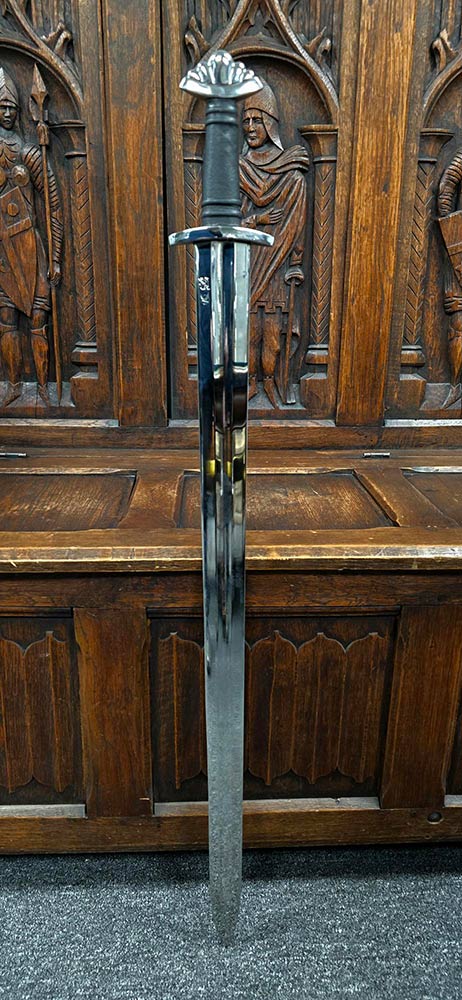
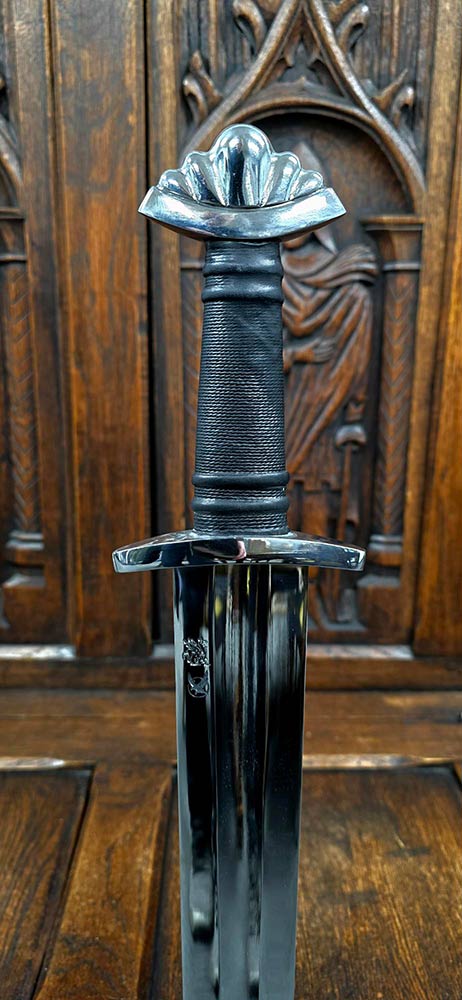
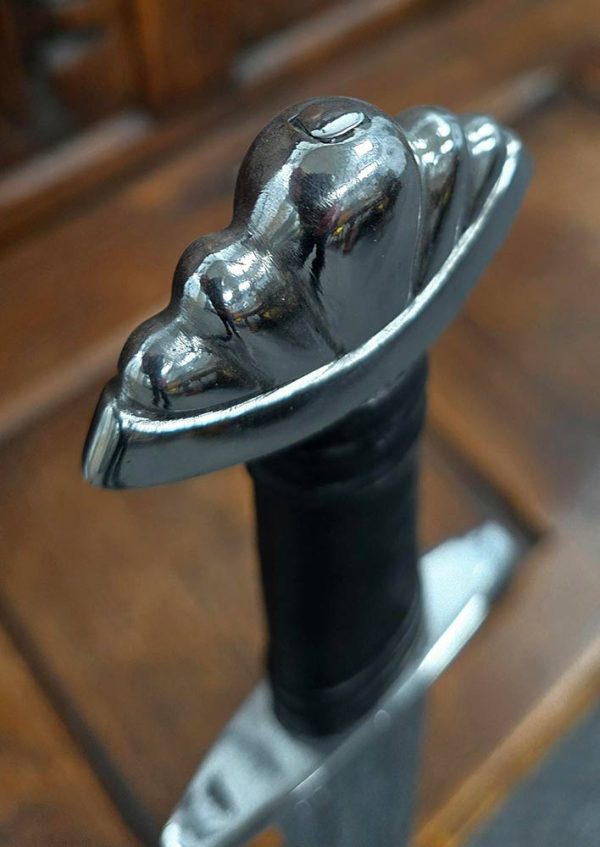
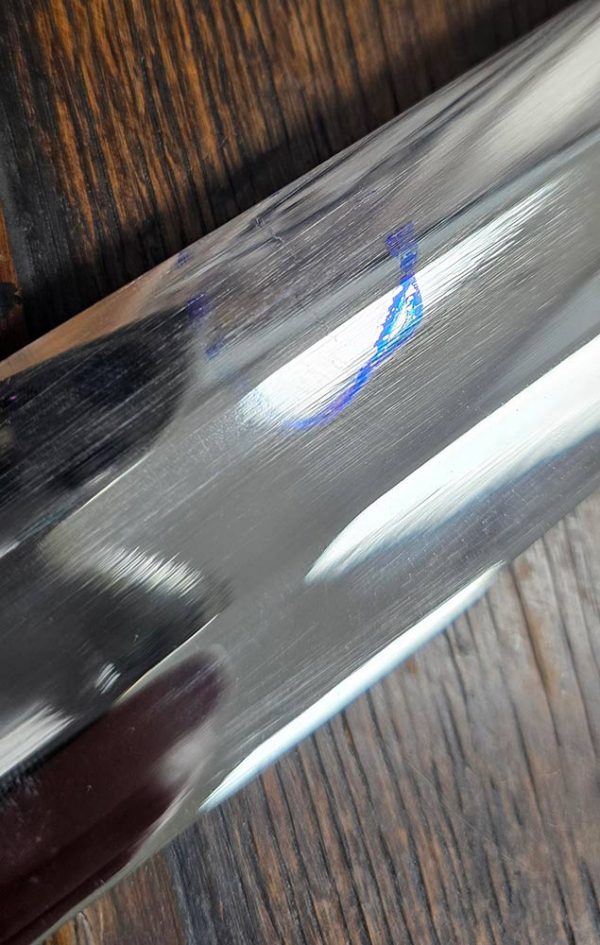

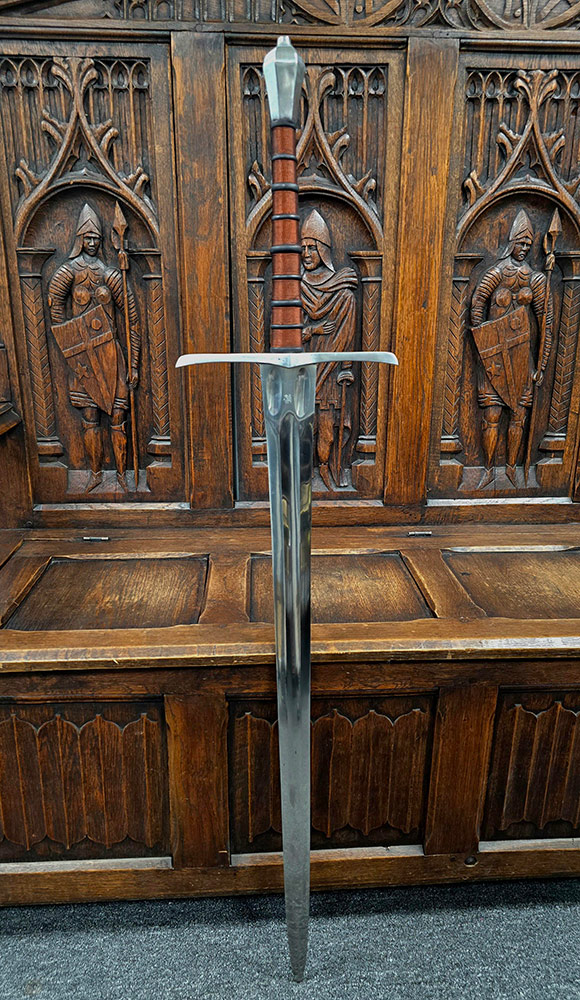
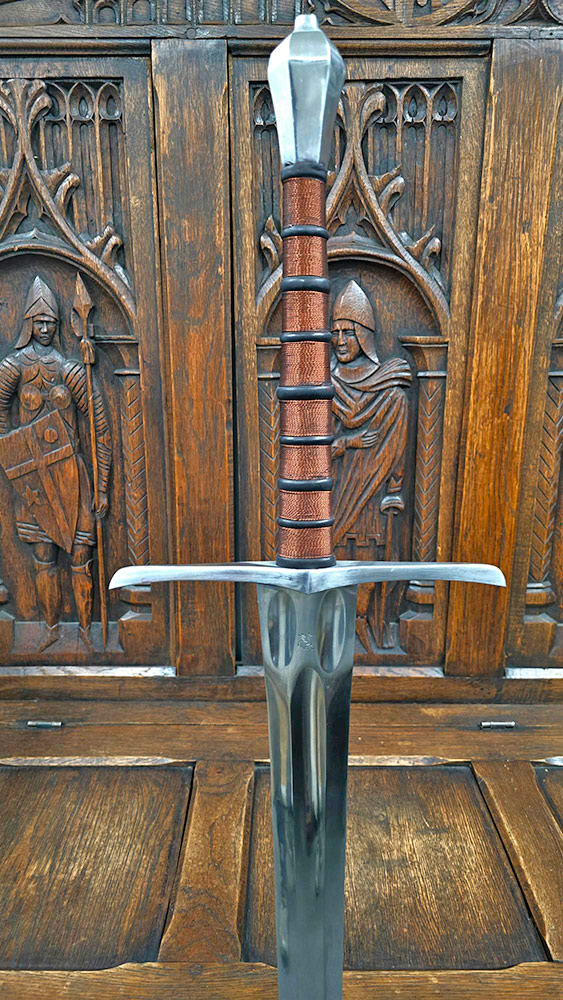

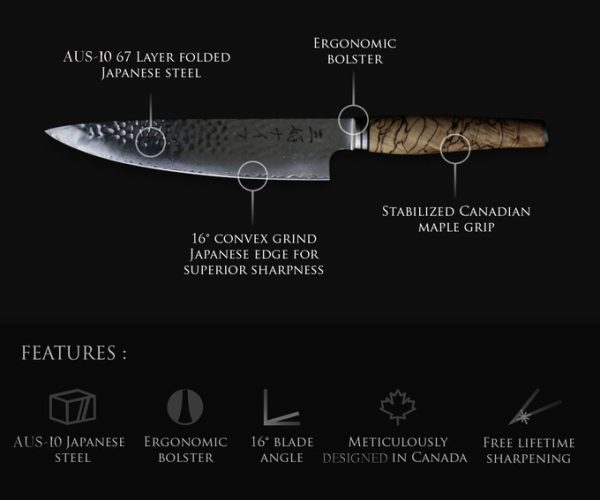

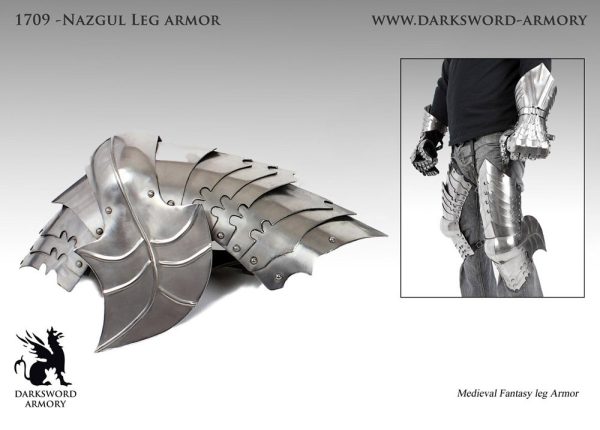
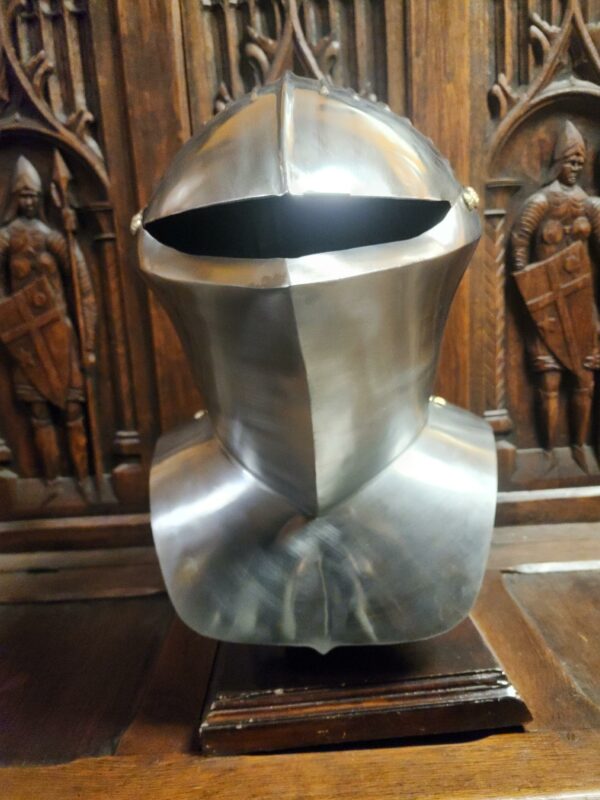
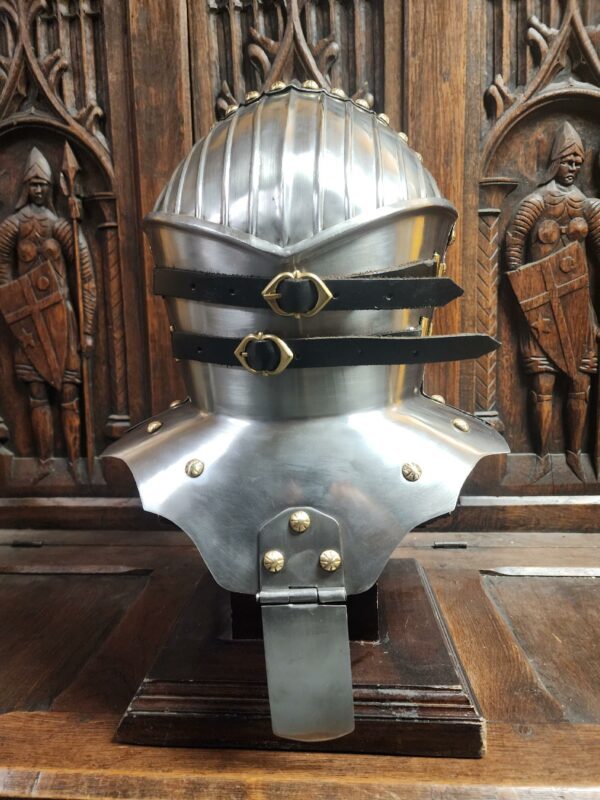
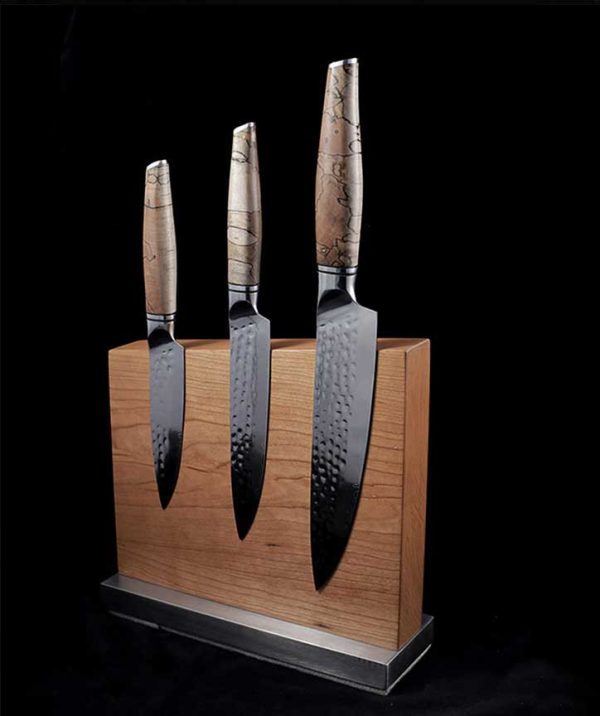

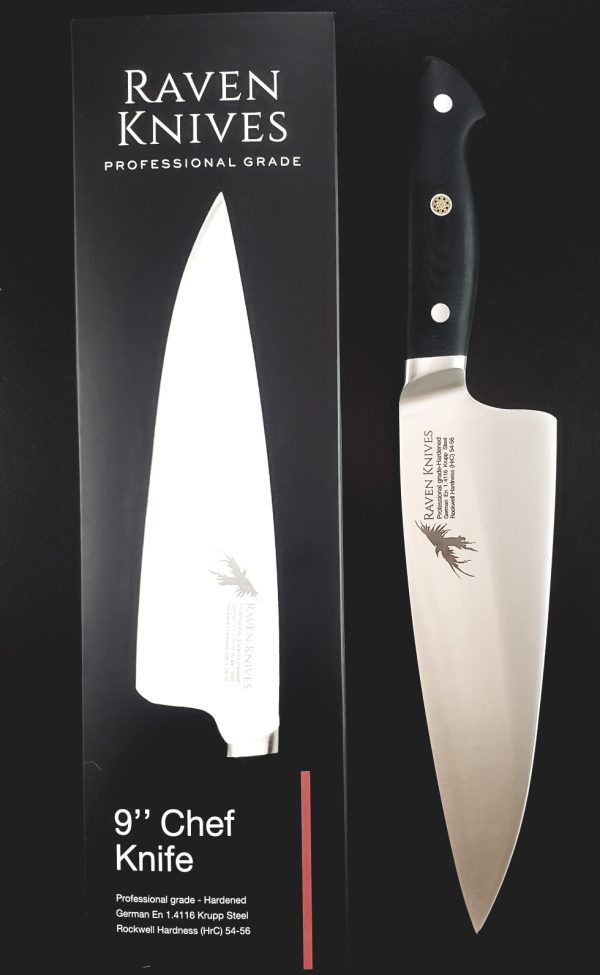
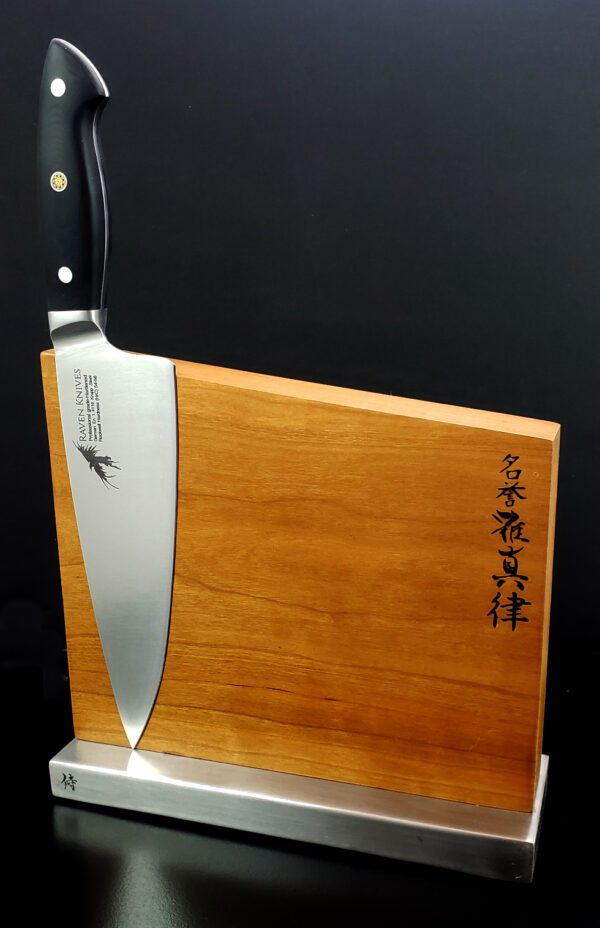
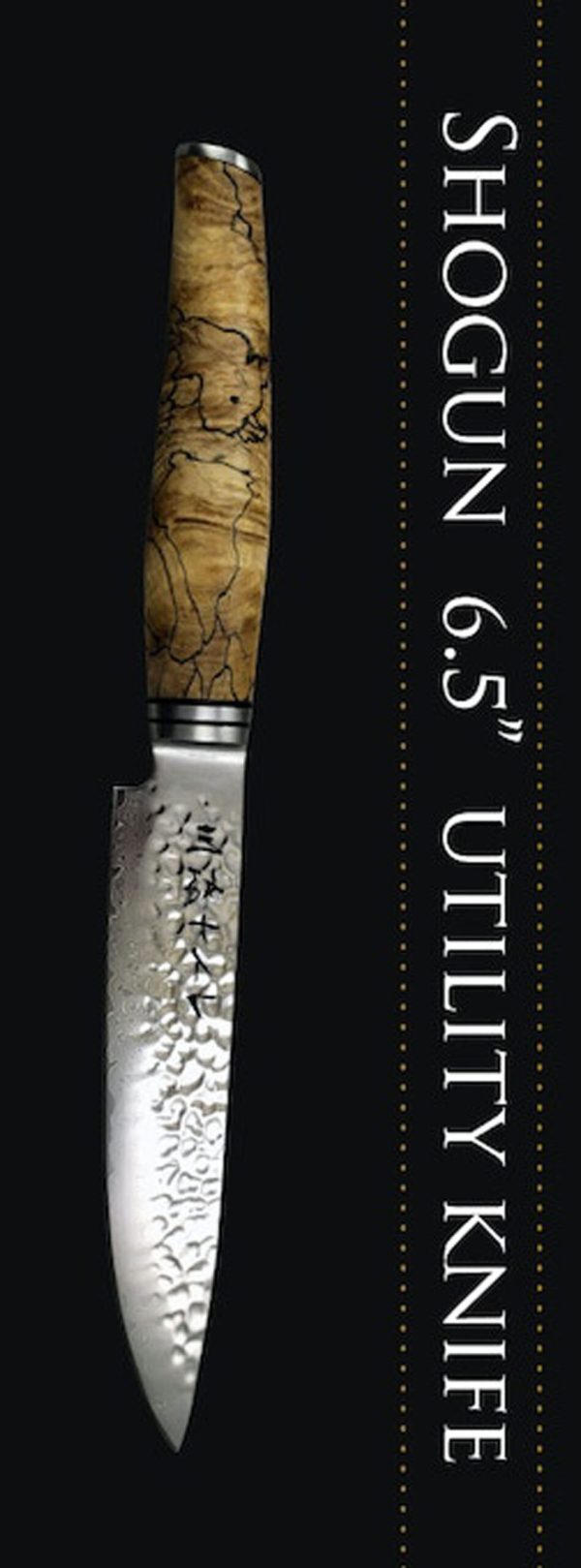
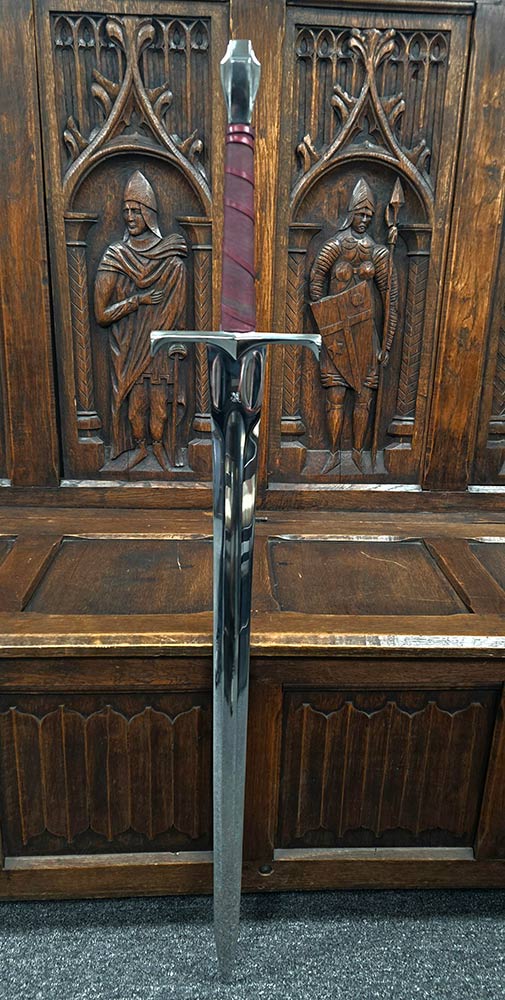

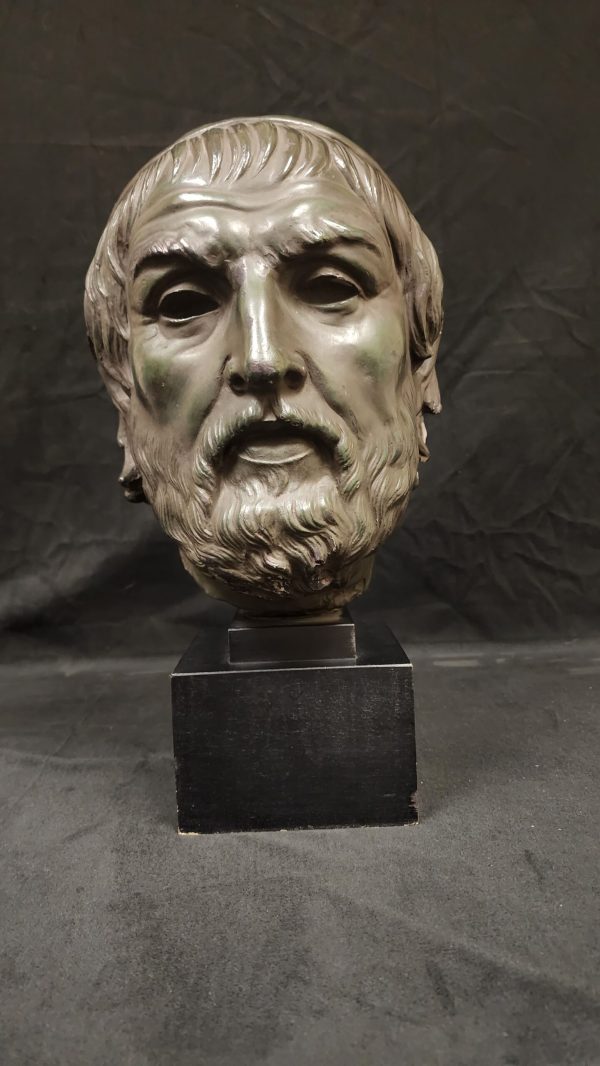
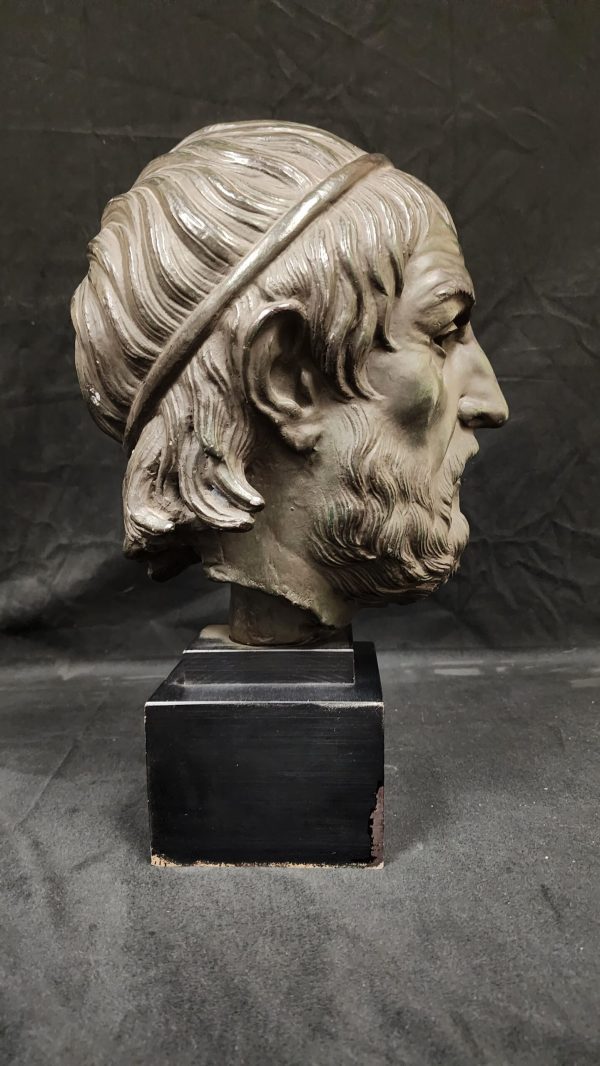
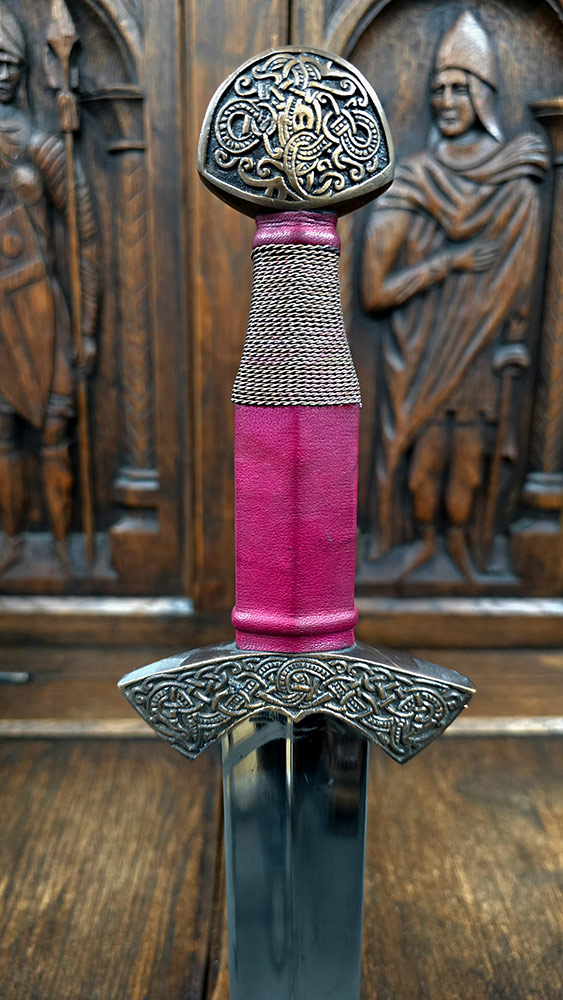
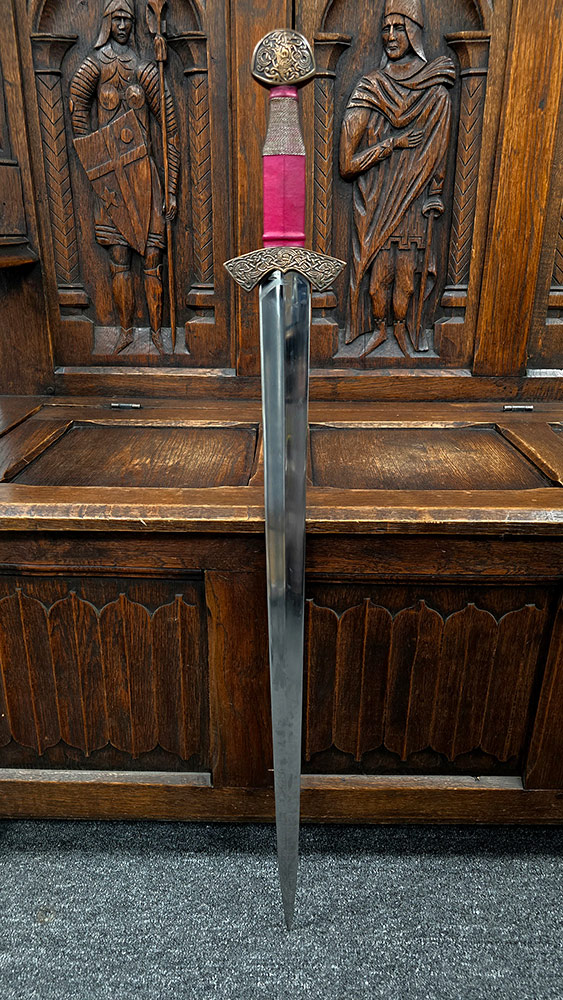
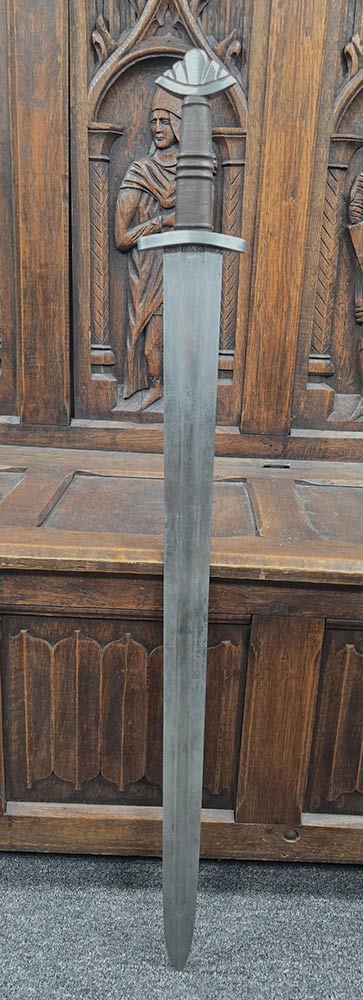
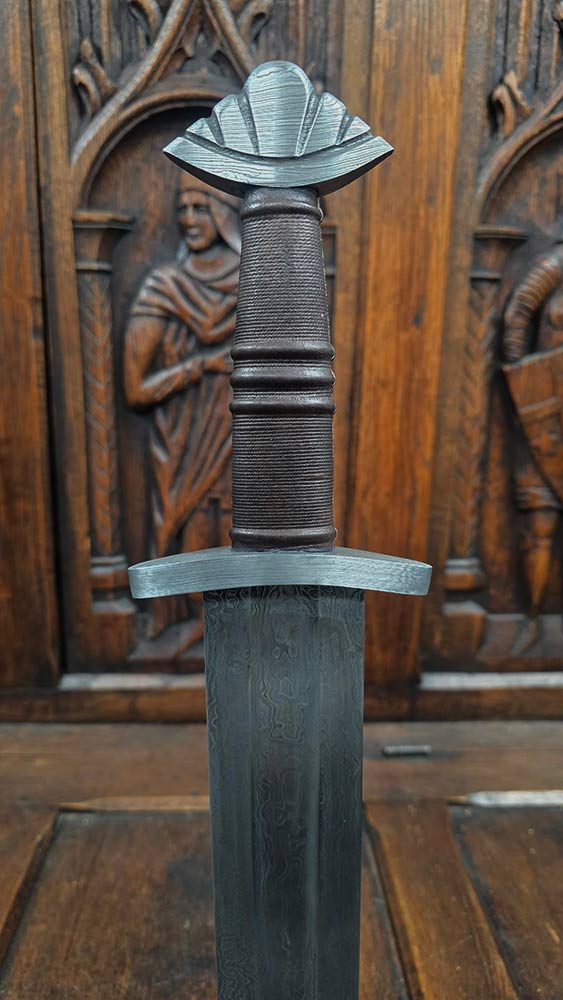
Reviews
There are no reviews yet.